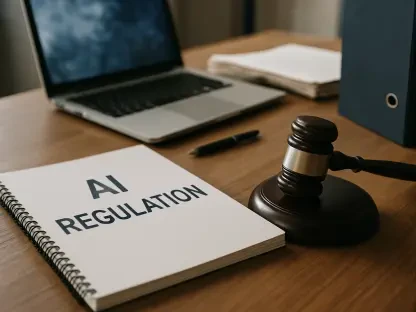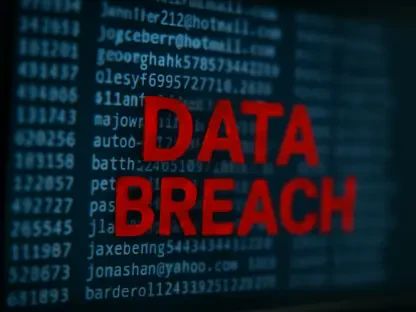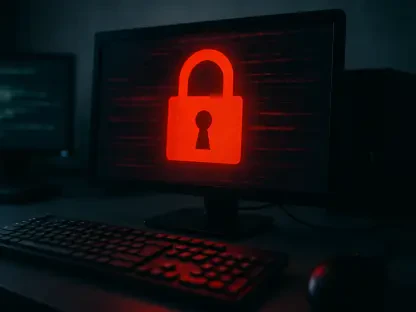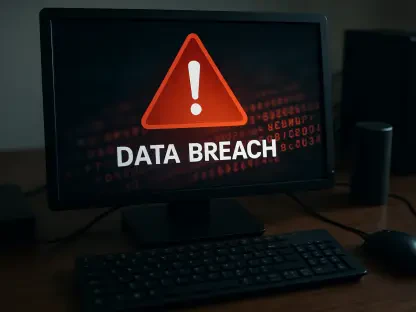Recent years have seen an escalation in cyber threats, with vishing—voice phishing—emerging as a significant concern within the cybersecurity domain. An infamous example of vishing in action involves a group dubbed the Silent Ransom Group, also known as Luna Moth and UNC3753. This organization’s audacious exploits shed light on the rising sophistication and prevalence of vishing attacks, capturing the attention of both industry experts and law enforcement agencies. As cybercriminals increasingly lean toward voice-based attacks, understanding and combating this trend is crucial for organizations globally.
Understanding Vishing: A Cyber Threat on the Rise
Evolution and Growth of Vishing Tactics
In recent years, cyber experts have noted a marked increase in voice phishing incidents. This trend is evidenced by data indicating a sharp rise in such attacks, corroborated by detailed cybersecurity reports. The methods employed in these attacks have grown in sophistication, evolving beyond traditional phishing techniques to adopt more nuanced and deceptive tactics, which are proving highly effective against unprepared targets. As cybercriminals exploit this avenue, businesses are left grappling with the challenge of safeguarding sensitive data and financial resources.
Real-World Examples and Case Studies
One notable example is the Silent Ransom Group, whose unique approach has caused significant disruption and financial damage, especially targeting legal firms. Their methods include posing as legitimate business entities to deceive targets through manipulated communication to install remote access software. This deception has led not only to substantial data breaches but also to direct financial losses, highlighting the severe implications of vishing. Such incidents underscore the urgent need for robust cybersecurity measures.
Expert Insights on Vishing Trends
Cybersecurity experts emphasize the rising tide of vishing, offering valuable insights into the dynamics driving this trend. They note that organizations face considerable challenges, primarily due to the deceptive nature of vishing attacks, which often bypass conventional security mechanisms. Industry thought leaders advocate for heightened employee awareness, advanced monitoring technologies, and comprehensive training as essential strategies to thwart vishing. Furthermore, different sectors face unique vulnerabilities, with industries like legal and finance particularly at risk due to the nature of data they handle.
Future Outlook: The Evolving Landscape of Vishing
As technology advances, vishing techniques are expected to evolve further, posing new challenges to businesses and cybersecurity professionals. Predicting future developments, experts anticipate more sophisticated psychological tactics and an increase in targeted attacks using artificial intelligence. This evolution demands proactive strategies, such as enhancing cybersecurity policies and refining organizational practices. The broader implications for cybersecurity policy point toward adapting continuously to ensure resilience against these evolving threats.
Conclusion and Call to Action
Reflecting on the current landscape and the escalating threat of vishing, it becomes evident that organizations must enhance their cybersecurity frameworks. The future demands a proactive stance, with integrated security measures that anticipate evolving vishing tactics. Focused training sessions, investment in adaptive technology solutions, and fostering a culture of vigilance among employees emerge as key steps toward fortifying defenses. Moving forward, collaboration between industries and more comprehensive policy frameworks will be crucial in developing effective countermeasures against vishing, safeguarding sensitive information, and ensuring the resilience of business operations.









